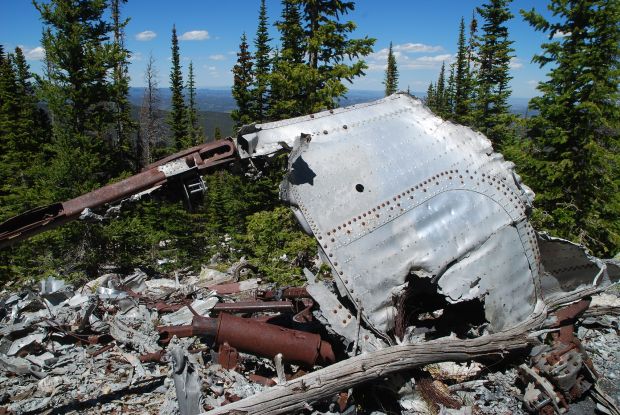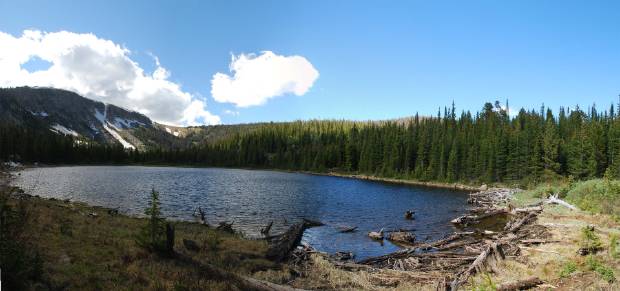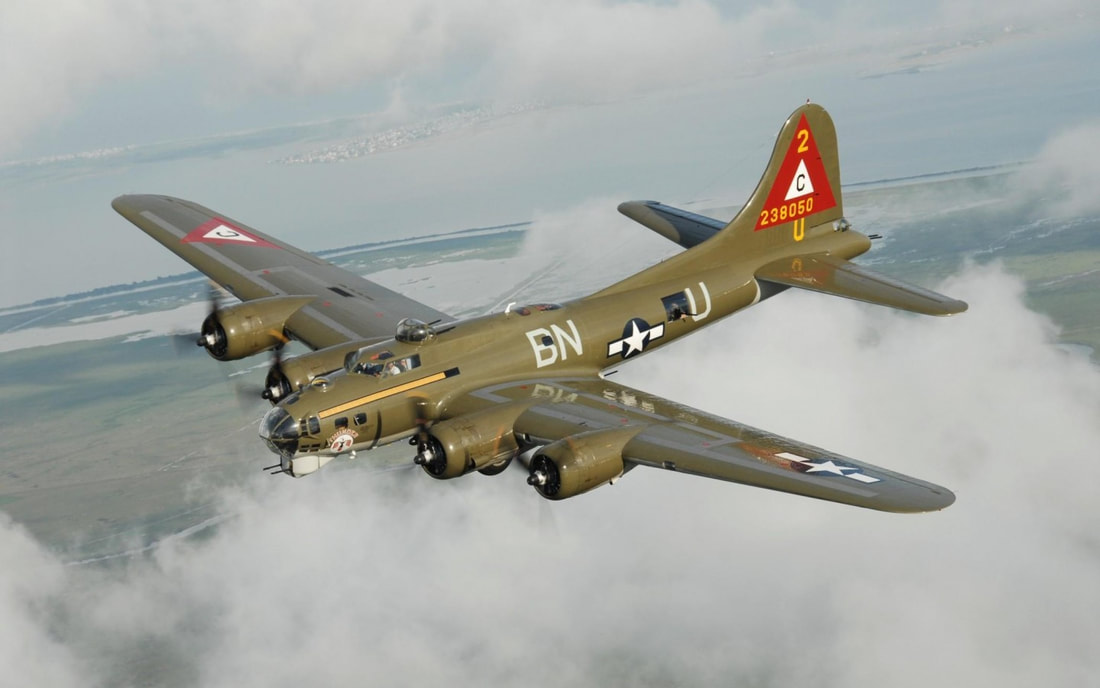But along with the beauty comes a tragic back story.
On June 13, 1944, an Army Air Forces B-17 flying a training mission out of Rapid City, S.D., went off course and slammed into a snow-covered mountainside a quarter mile from the Flowers Trail, killing four of 10 on board.
Seventy years later, the wreckage remains – a haunting display of crumpled metal, rusting engine blocks and severed wing tips strewn over a remote talus field 30 miles west of Fort Collins.
Known as the Crown Point B-17 crash site, it’s become a pilgrimage spot, sought out by World War II buffs, aviation enthusiasts and hikers seeking a sense of adventure and a visceral tie to history.
Although it’s among the better known World War II-era crashes in the state, it’s not the only such debris field tucked away in Colorado’s high country.
Between 1941 and 1944, the military investigated nearly 130 fatal training crashes, in which 410 people were killed, according to Larry Carpenter of Estes Park, a retiree who maintains ColoradoAirCrashes.com, a database that maps World War II-era training crashes.
Most of the other crash sites were near Army air stations at lower elevations and, because the wrecks were accessible by vehicle, military recovery teams cleaned up every trace, Carpenter said.
But when planes went down in the rugged Rocky Mountains, there was little to be done except detonate the downed aircraft with explosives – leaving debris fields to be discovered by the dogged.
Among frequently visited ruins are those of a different B-17 bomber that crashed only 6 miles from the Crown Point crash, killing eight.
That site – known as the Pingree Park B-17 crash site, from Oct. 18, 1943 – likewise can be reached from a trail network, making the Comanche Peaks Wilderness a destination for wreck chasers.
Jennifer Stanger of Littleton heard about the Crown Point bomber a year ago when a friend sent her a link on Facebook, and it quickly seized her imagination, leading to a recent visit.
After an overnight stop earlier this month at Browns Lake, a scenic refuge a few miles from the bomber site, she and her boyfriend hiked Flowers Trail to a place marked by fellow hikers with an arrow made of stones.
There began a broken path leading to what Stanger called a “museum of destruction.”
“You look at the ground that is still charred with black ash and you think: People survived this,” she said. “People walked away from this.”
Equally striking were the tributes left by visitors, Stanger said: American flags and military patches that ratcheted up emotions on the visit.
“I thought that was really sweet – that people have hiked out there to pay their respects,” she said.
That anyone survived the Crown Point crash is part of what makes it unique.
According to newspaper accounts and ColoradoAirCrashes.com, the olive drab Boeing B17F Flying Fortress was returning to Rapid City during nighttime training when a navigational error sent the plane some 70 miles off course.
After a crewman spotted something nearby in the darkness, the pilot switched on the landing lights only to see “the forest-covered mountainside just ahead,” according to Carpenter’s website.
The pilot immediately pulled up, applying full power, but as the plane’s nose edged upward, its belly slammed into the mountain. The crash happened about midnight. Both pilots and the navigator were killed instantly, but the emergency maneuver spared the lives of six of the remaining seven crewmen.
At daybreak, two of the least-injured survivors set off for help, hiking for 14 hours through snow and dense forest before reaching fishermen who drove them an hour to the nearest phone, at a Fort Collins bar called Ted’s Place.
One of them, Cpl. LeRoy Faigin, later told the Helena Independent-Record that he phoned the air station in Rapid City for help and also called his wife, who had been told that her husband was presumed dead in the crash.
“When Bernice Faigin heard her husband’s voice, she nearly dropped the phone,” the newspaper reported.
The next day, Lt. Amos Little, an airborne-qualified doctor, made history when he parachuted from a circling UC-54 to deliver medical treatment to the injured men.
The daring jump was recognized as the highest-altitude landing of its day, according to a July 10, 1944, Time magazine article, and it’s remembered as a precursor to modern search-and-rescue efforts.
“When the main rescue party arrived by land, nearly four hours later, the patients had been fed, bandaged and drugged to ease their pain,” the magazine reported.
Colorado offered tactical advantages for training because its landscape – the collision of the plains with the mountains – mirrored flying conditions in Europe and parts of the Pacific, said Troy Turner, a journalist who published a book on the period called “Colorado’s Lost Squadron.”
“The problem was, you had nothing like the navigational instrumentation that you have now,” Turner said. Bad weather, navigational challenges and the inexperience of young crewmen all factored into the training deaths, he said.
SOME SITES LOOTEDTracking down the crash sites has become a kind of “scavenger hunt,” Turner said.
“Some of them do it for the love of history. Some of them do it for the love of the outdoors. A lot of them do it for the combined adventure that’s involved with it, and the reward involved in learning that type of history.”
He added: “You put all that together, and it’s very appealing to a large community, and not just in Colorado.”
The Brown Lake Trail offers sweeping views of the Comanche Peaks Wilderness on the way to the wreckage of the B-17.In past decades, finding the wrecks involved historical research and a degree of luck, but that side of the challenge diminished with the advent of the Internet, where any number of trip reports can be found, some offering detailed instructions, Carpenter said. Though it’s illegal to pillage the crash sites, some have been picked through and looted, he said.
Carpenter began his research after a 1990 visit to Crown Point. He later tracked down Faigin for more information, and the two became friends until Faigin’s death last year, he said.
Among those who sought out Carpenter for details on crash site locations were descendants of crash victims, Carpenter said.
Before the advent of GPS, they, too, dived headlong into newspaper archives and military crash reports, hoping to find the spot where they lost loved ones.
“Many of them died without ever being able to find these sites,” Carpenter said.
Today, those new to the history come to him brimming with the same questions that Carpenter began asking after his first visit. They experience the same shock, too, he said.
“They can’t believe it. They ask, ‘We lost how many?’”



 RSS Feed
RSS Feed